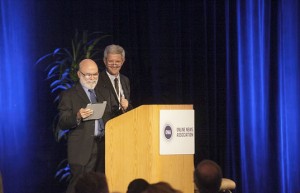Narcolimosnas – la caridad de los carteles de la droga infecta la Iglesia Católica mexicana
|
Read this story in English
EL PASO – La Marina mexicana mató a Heriberto Lazcano, “El Lazca”, líder de los Zetas, uno de los carteles de la droga más violentos y temidos el 7 de octubre. Lazcano había sido relacionado con 30,000 asesinatos. De acuerdo con las autoridades mexicanas, Lazcano poseía un rancho donde solía deshacerse de sus víctimas usándolas como alimentos para sus leones y tigres. Una placa en una pared de la capilla en la villa de Tezontle, HIdalgo, proclama que el edificio fue donado por Heriberto Lazcano. “Señor, escucha mi plegaria; escucha mi clamor por piedad; en tu fidelidad y justicia ven a mi alivio”, se lee en la placa que hace referencia al Salmo 143 de la biblia.


